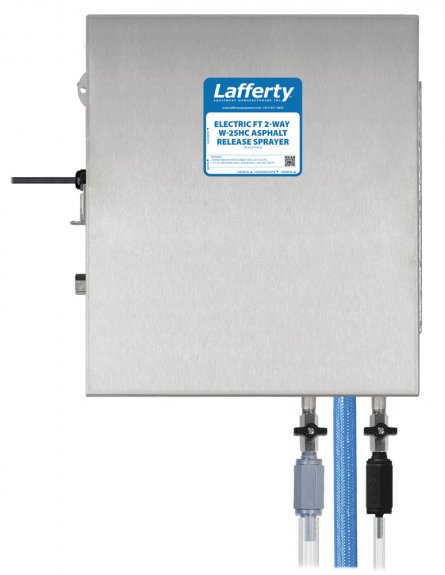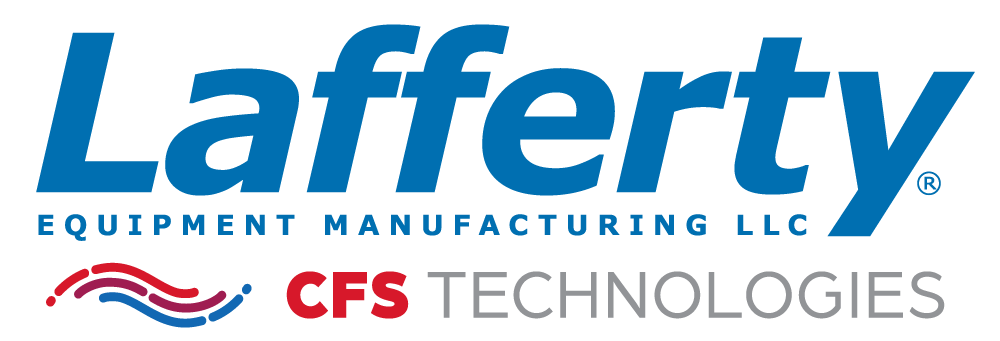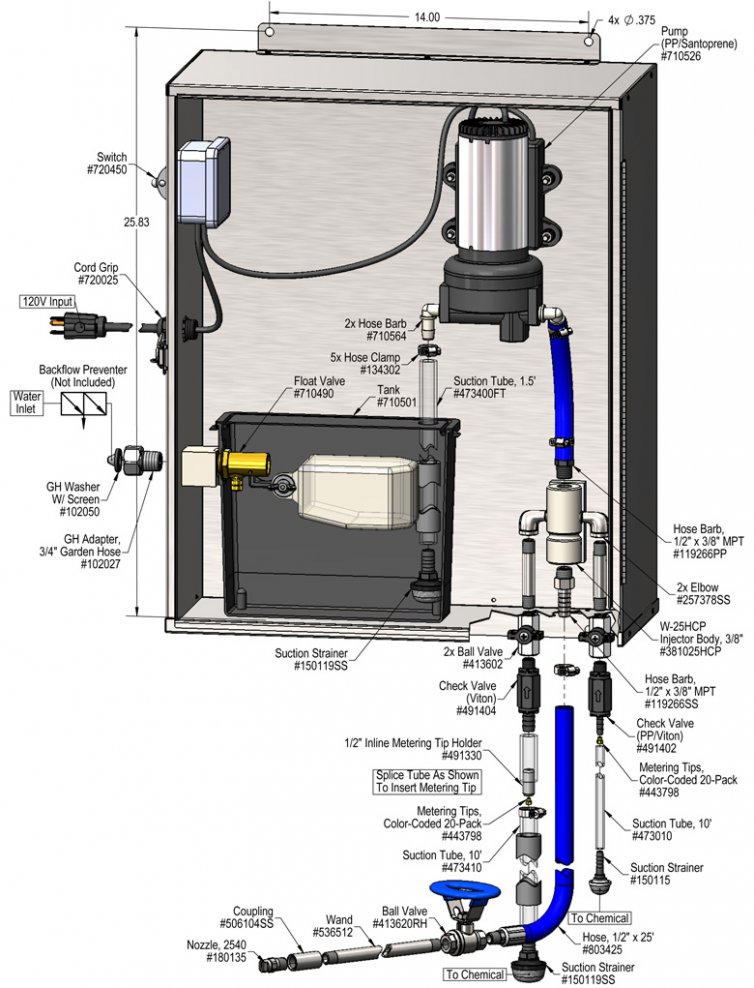Overview
The Electric FT W-25 2-Way Asphalt Release Sprayer is a spray applicator for diluting and projecting 2 asphalt release chemicals on to truck beds or tools to prevent asphalt from sticking. It is designed to work in facilities that have low or fluctuating water pressure. This system features a lockable, stainless steel enclosure and uses an electric pump to draw water from an integrated float tank and drive the system. A venturi injector draws chemical concentrates from any containers and blends them into the water stream to create accurately diluted solutions using precision metering tips. The solution is then projected through the discharge hose, wand and fan nozzle.



